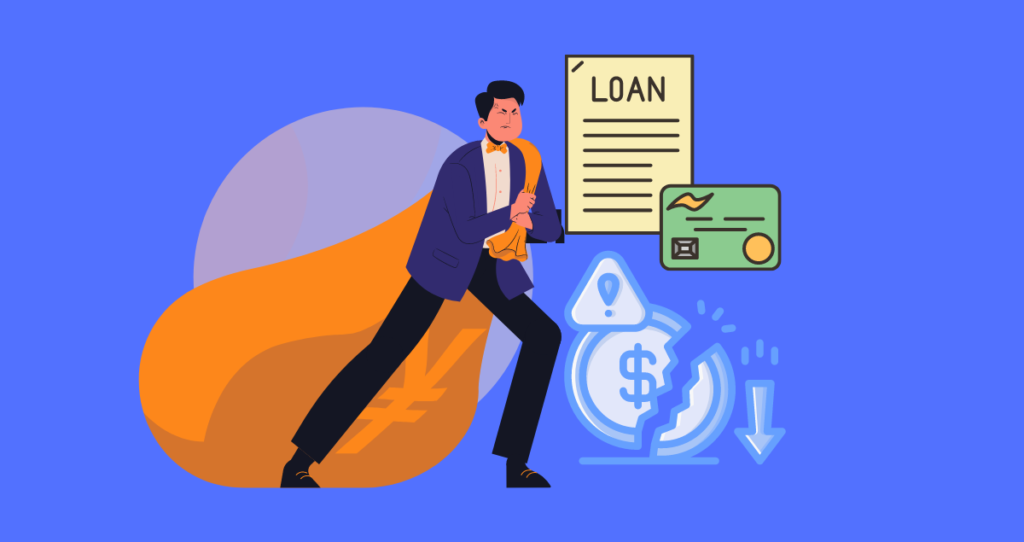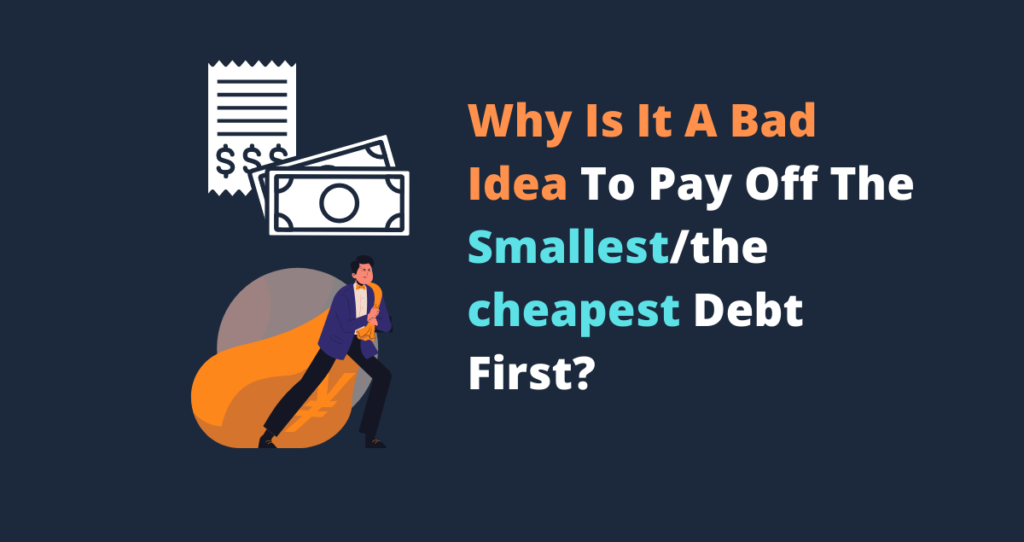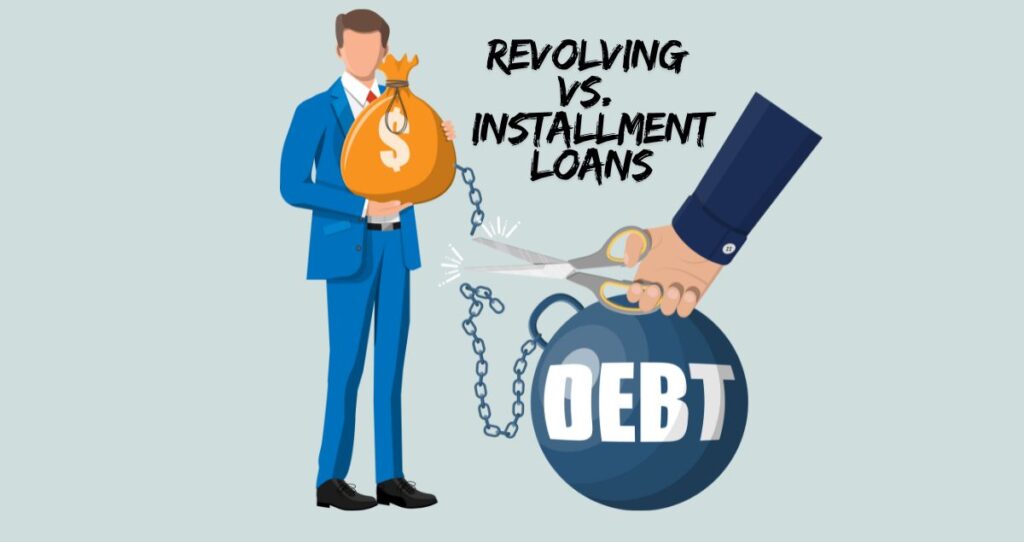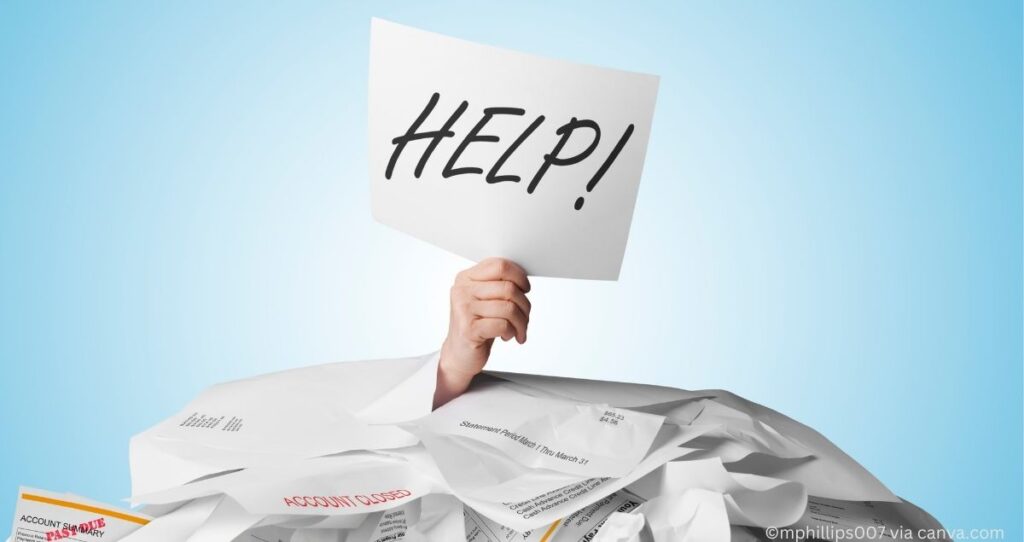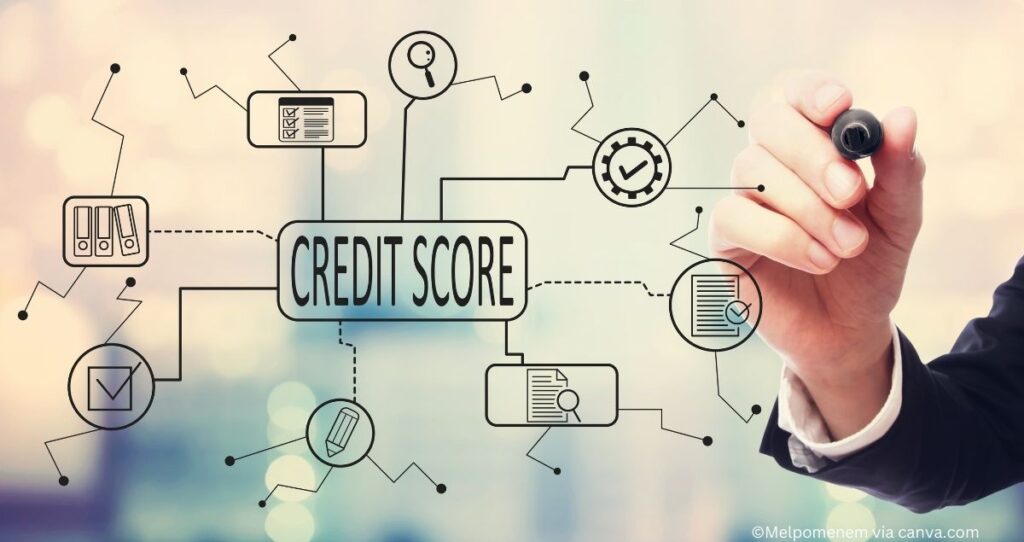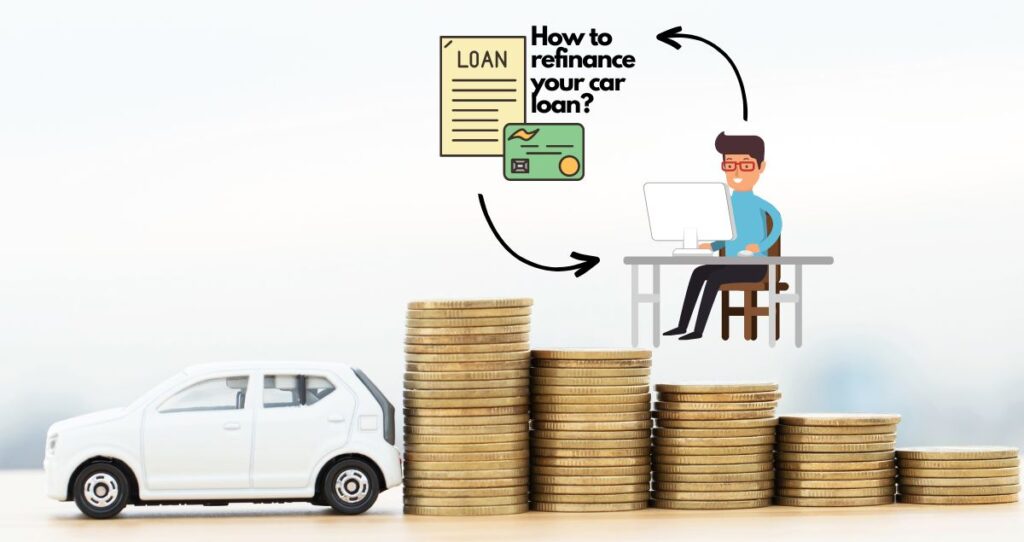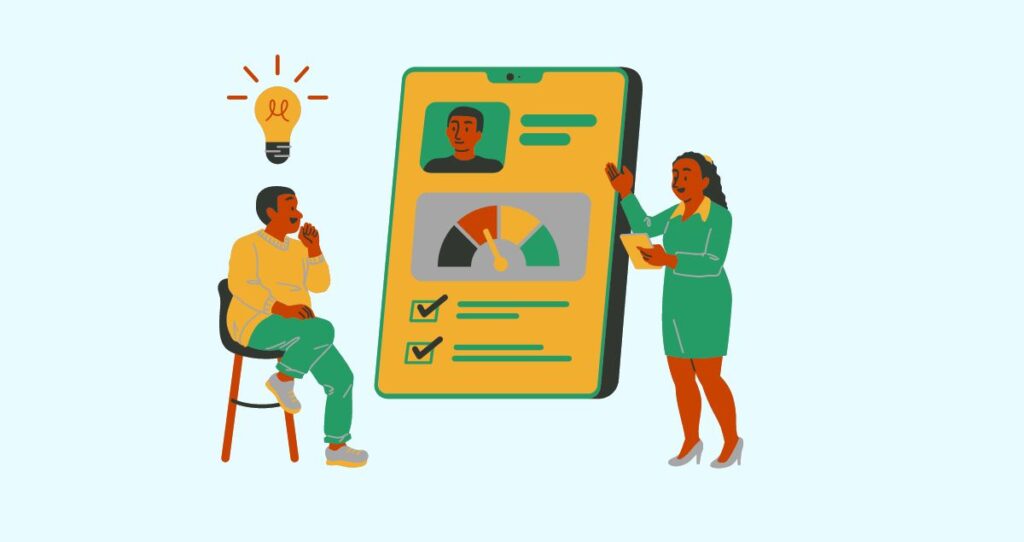Debt is probably one of the hardest financial struggles you will face in your lifetime. It is much easier to get in debt than to get out of it. If you have been struggling with debt for a while like millions of other people, I have a plan for you. What you are going to learn in this article are three strategies to get out of debt fast.
Your lifestyle, the environment around you, and your financial habits will play a crucial role in how fast you pay off your debts and your chances to succeed.
No matter how much debt you have or your current income, you can still pay off debt fast with these three debt payment strategies. I used these strategies myself and now I live a debt-free life which is amazing compared to where I started.
In this article, you will learn the following
The first step in paying off your debts is to understand what kind of debts you have and how they are affecting you financially. That is you must be able to list all your debts one by one with their equivalent interest rates.
This way you will be able to tell the biggest debt you have, where you are paying the highest interest, and the types of interests you have. The interest rates could be compound interest or simple interests.
Compound interest means that the interest charges on unpaid debts get added to the principal. As a result, your debt can easily grow exponentially if you do not take care of it seriously. You should always avoid debt with compound interest.
The following are three strategies you can use to get out of debt fast.
1. Pay off debt starting with the most expensive debt first
Many people define expensive debt as a debt that has the highest interest rate. However, this is not necessarily true according to my understanding. As a person who had dealt with debt for many years, I consider an expensive debt as debt with compound interest. Compound interest makes your debt grow if it is not taken care of due to paying interest on interest. Over time, the interest charges you pay on your debt become unreasonably high compared to the original principal.
That is right. Even if you have a few thousand dollars in loans, they can become very hard to pay off if the interest rate is compounded. Compound interest takes a while to build up your debt. But once it does, you cannot stop it and that is why you hear people saying that they have $400,000 in credit cards.
For this reason, it is extremely important to pay off debt with compound interest first no matter how small it is. According to Experian, most of your credit card debts come with compound interests. That is the interest charges are recalculated on your daily account balances. For this reason, you should start with credit card debts and/or other debts with compound interest to avoid the compounding effect.
You can also avoid this effect by paying off your total balance before the end of the payment period. This works only for people with fewer debts.
Now that you have eliminated all debts with compound interests, your next task is to choose between (1) Debt Snowball and (2) Debt Avalanche.
2. Use the snowball method

The debt snowball is a strategy where a borrower pays off debt starting with the smallest debt first. With this strategy, a borrower meets the minimum payment for each debt except the smallest one. Once the smallest debt is paid off, the borrowers move to the next smallest debt.
This strategy is good for people who want quick results and find motivation from accomplishing small tasks.
The following are the pros and cons of the debt snowball.
| Pros | Cons |
| Yields quick results | Takes longer to pay off debt |
| Increases motivation | Increases the cost of debt |
| Works well for those with small incomes | Your debt can grow exponentially due to compound interest |
In order to use debt snowball, you will need to organize all your debts in ascending order. Once our debts are organized, you will then focus on the smallest debt while meeting minimum requirements on other debts.
Once the smallest debt is eliminated, you will then move to the next smallest one. This process will continue until all your debts are fully paid off.
For example, let’s assume that you have the following debts.
Credit card debts: $15,000 @17%
Student loans: $10,000 @ 5%
Personal loans: $7,000 @ 12%
With the debt snowball method, you will pay off personal loans first while meeting the minimum requirements on student loans and credit card debts. Once personal loans are gone, you will then move the money to student loans while meeting minimum requirements on credit card debts. Finally, only credit card debts will remain. At this point, every penny you have will go to credit card debts.
If you think this strategy is not good or aggressive enough for you; use the debt avalanche method.
3. Pay off debt fast using debt avalanche method

The debt avalanche is a completely different method that allows you to aggressively pay off your debts. With debt avalanche, you focus on the debt with the highest interest rate first. At the same time, you make sure that all minimum requirements on other debts are met.
Once the debt with the highest interest is paid off, you move to the next debt with high interest. You repeat this process until all your debts are fully paid off.
The Debt Avalanche method is an aggressive debt payment method that requires a lot of discipline and hard work. This method can sometimes be overwhelming if the debt with the highest interest is large. For example, $50,000 in personal loans with an interest of 18% can be very difficult to pay off.
The debt avalanche method does not yield quick results and requires discipline to successfully implement it.
Pros and cons of debt avalanche method
All debt payment methods come with their own benefits and challenges. The debt avalanche is not different. Being an aggressive method, the debt avalanche method can be hard to implement especially for those with small incomes.
The following are the pros and cons of the debt avalanche method
| Pros | Cons |
| Saves you money in interest | Require hard work |
| Helps you pay off debt faster | Has no quick results |
| Reduces the cost of borrowing | Requires consistency in payments |
Although debt avalanche is hard to implement especially for those with small incomes, it is the best way to get out of debt fast.
By tackling debt that has high interest, you immediately reduce the interest charges you pay. This makes it easy to pay off your debts fast.
Let’s see how you can use the debt avalanche method to pay off the debts we listed in the previous example.
With the debt avalanche method, you would need to start with credit card debts while meeting the minimum requirements on personal loans and student loans. Once credit cards debts are eliminated, you would then put more money on personal loans and meet minimum requirements on student loans. Finally, you will be left with student loans and all your money will cover this loan.
Take away
Millions of people struggle with debt due to the lack of a debt payment plan. So, if you want to get out of debt faster, you will need a strategy.
There are three strategies you can use to pay off debt and these strategies can be used as follow.
- First, pay off the most expensive debt (debt with compound interest). Then, choose the between the next two strategies.
- Second, use debt snowball method. Organize your debts and pay them off starting with the smallest one while meeting the minimum requirements for other debts
- Use debt avalance method. If you want to aggresively get out of debt, use the debt avalanche method. With this technique, you will focus on debt with the highest interest rate while meeting minimum requirements on other debts.
If you follow these three strategies, you will be able to easily get out of debt much faster than you thought. It is all about strategies.
